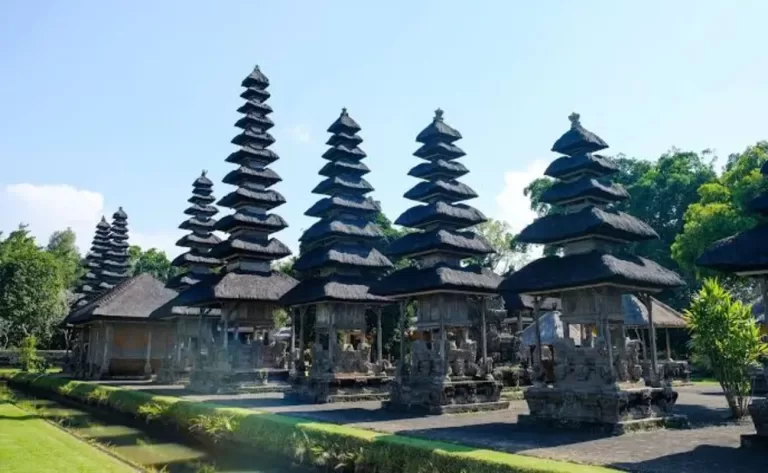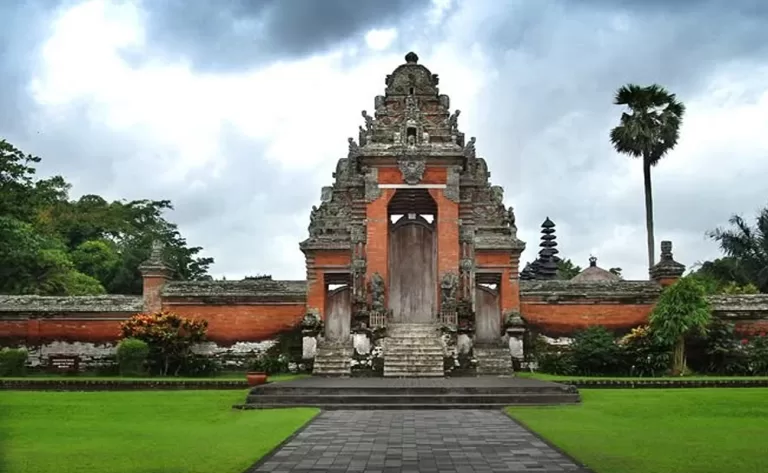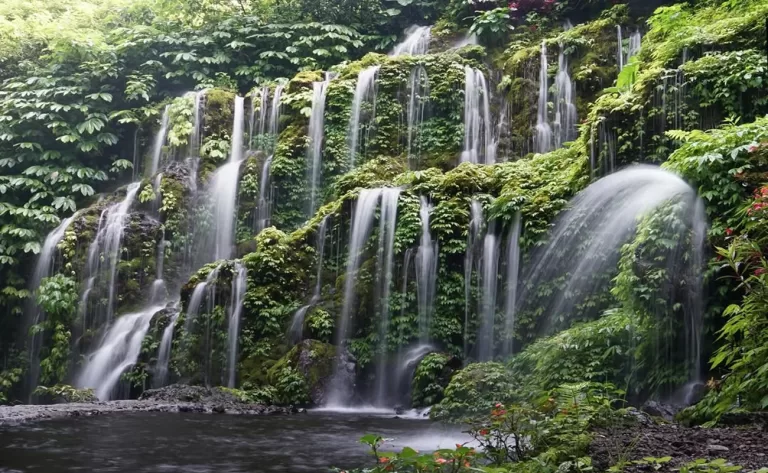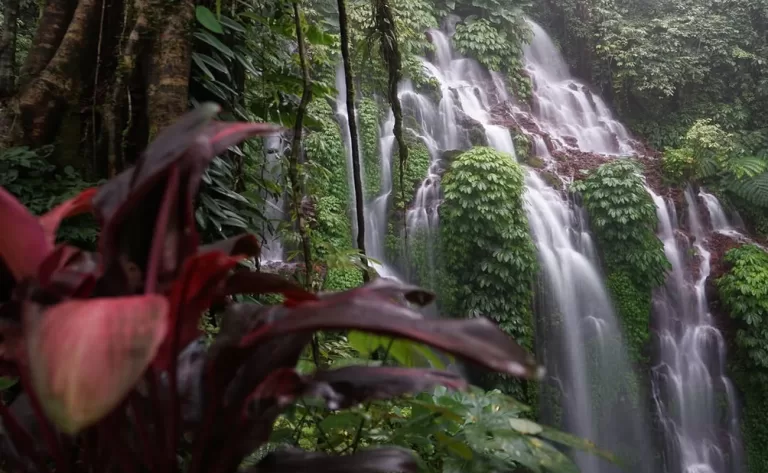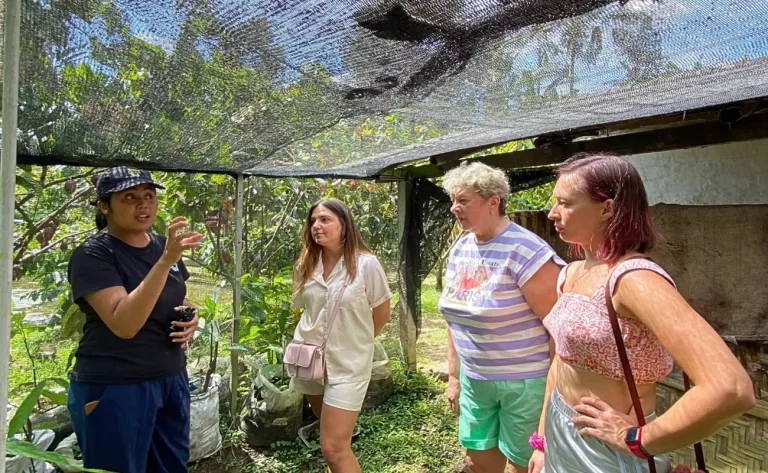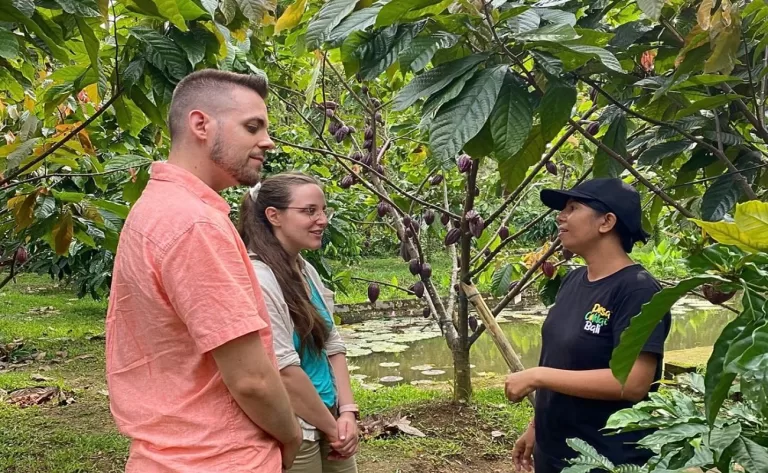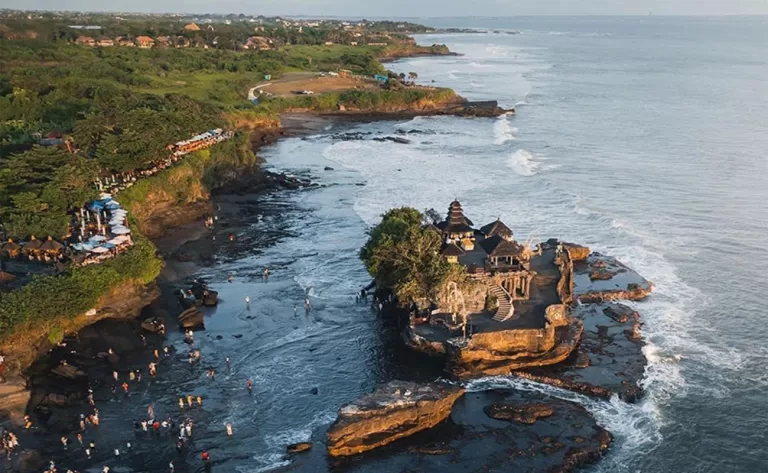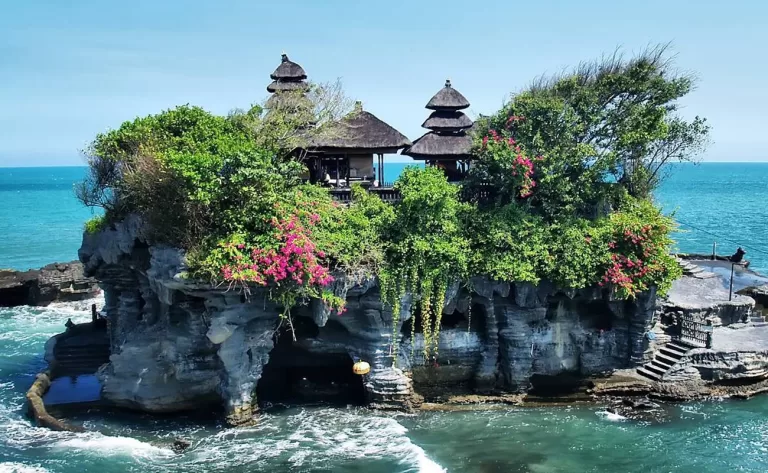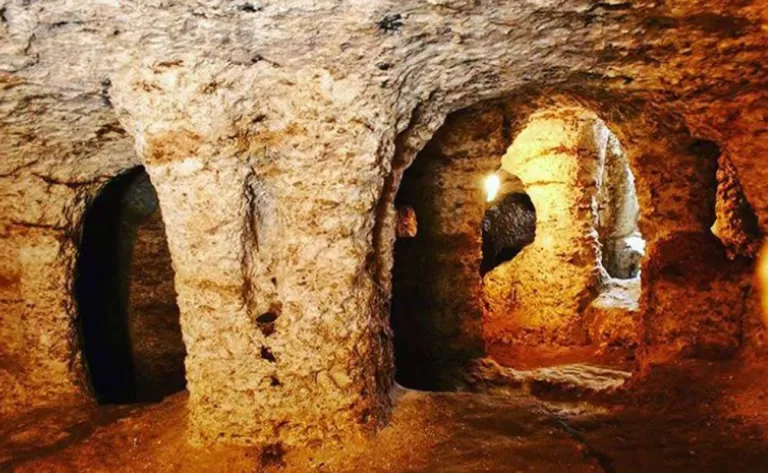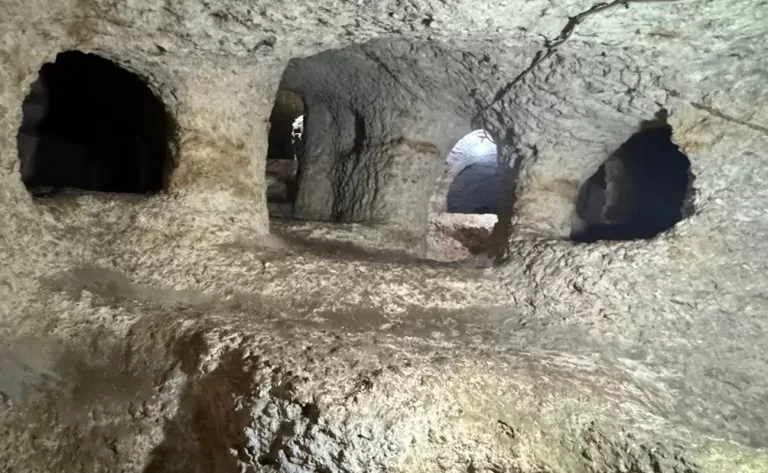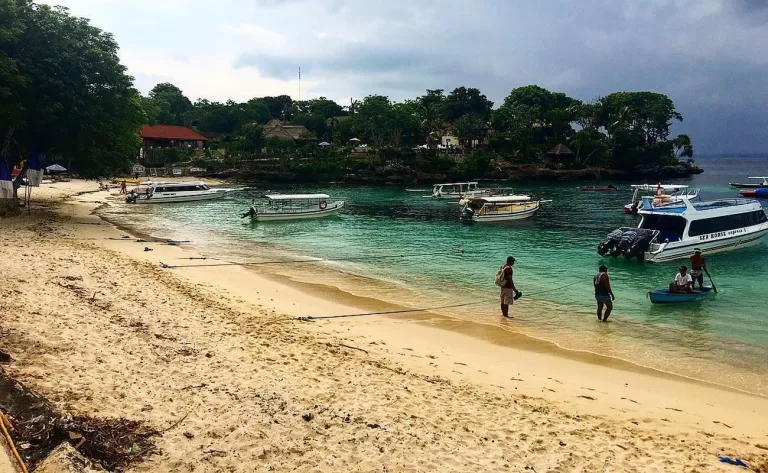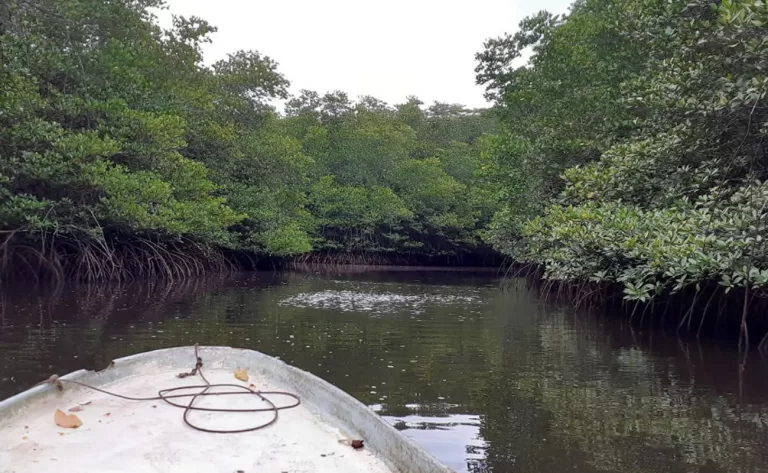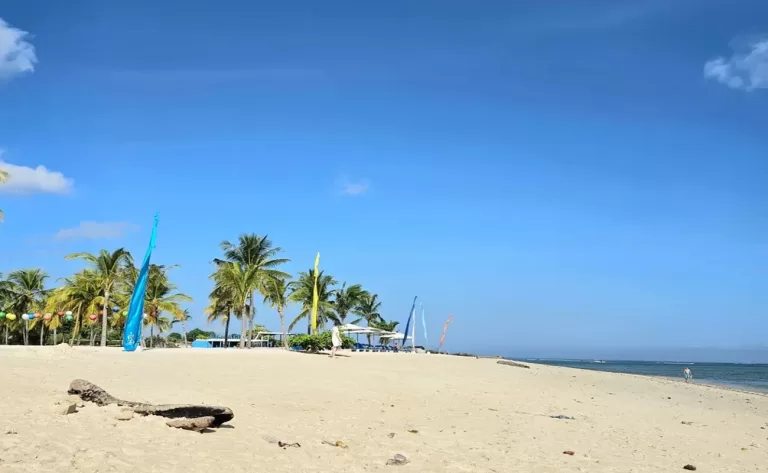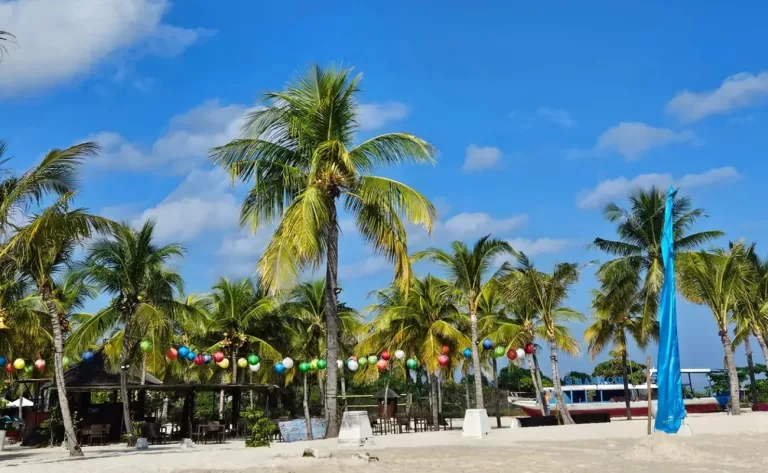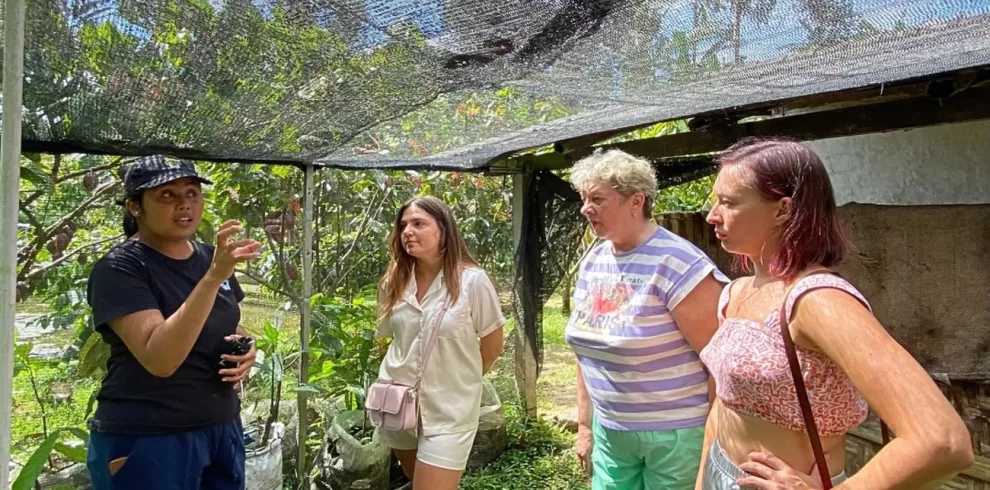Taman Ayun Temple is a historic temple located in Mengwi District, Badung Regency, Bali. Built in 1632 and completed in 1634 by King I Gusti Agung Putu of Mengwi, also known as the founder of the Mengwi Kingdom, the temple serves as a place of worship for the ancestral spirits of the Mengwi kings and as a place of worship to the gods, requesting prosperity for the kingdom’s people.
Taman Ayun Temple boasts unique architectural features, with a complex consisting of several courtyards, each representing the three levels of cosmology: the human world, the world of the gods, and nirvana, where God Almighty resides. The temple is surrounded by a large pond, making it appear as if it is floating on water. Within the temple complex are various sacred structures, such as tiered meru (a meru), candi (a temple), gedong (a building), and padmasana (a place for worship).
This temple also symbolizes the unity and harmony of Bali’s nine main temples, allowing people to worship more easily without having to travel long distances. This temple was recognized by UNESCO as a World Heritage Site in 2012, along with other Balinese cultural landscapes that uphold the Tri Hita Karana philosophy.
Besides being a place of worship, this temple is also a popular tourist attraction due to its beautiful gardens, lotus ponds, and serene atmosphere. Visitors can enjoy the beauty of the gardens, the various reliefs and carvings, and the rich Balinese religious and cultural atmosphere. This temple represents an important historical and cultural heritage of the Mengwi Kingdom and Bali in general.
Taman Ayun Temple, UNESCO World Heritage
UNESCO designated Taman Ayun Temple as a World Heritage Site in 2012 at the 36th annual session of the World Heritage Committee held in Saint Petersburg, Russia. This designation was part of the recognition of Bali’s cultural landscape, particularly the subak irrigation system, which reflects the Tri Hita Karana philosophy (a harmonious relationship between humans and God, humans with each other, and humans with the environment).
The process of naming Taman Ayun Temple as a World Heritage Site involved presentations and in-depth assessments by UNESCO delegates of the cultural values, local wisdom, and traditional Balinese irrigation systems, which have been proven effective since the 12th century. Taman Ayun Temple is part of a cultural area that functions not only as a sacred place and center of religious activities but also as part of the subak system, which plays a role in managing water resources for sustainable agriculture.
This UNESCO recognition is seen as a form of global appreciation for Balinese cultural values applied in the lives of its people, particularly the local wisdom embodied through Tri Hita Karana, including the Taman Ayun Temple site. This designation also raises global awareness of the importance of preserving Balinese culture and nature as a shared heritage of humanity.
Thus, Taman Ayun Temple is considered not only the temple of the Mengwi royal family, but also a vital part of Bali’s distinctive and ecologically and culturally sustainable cultural landscape.

